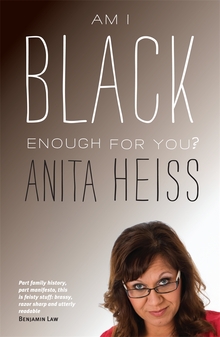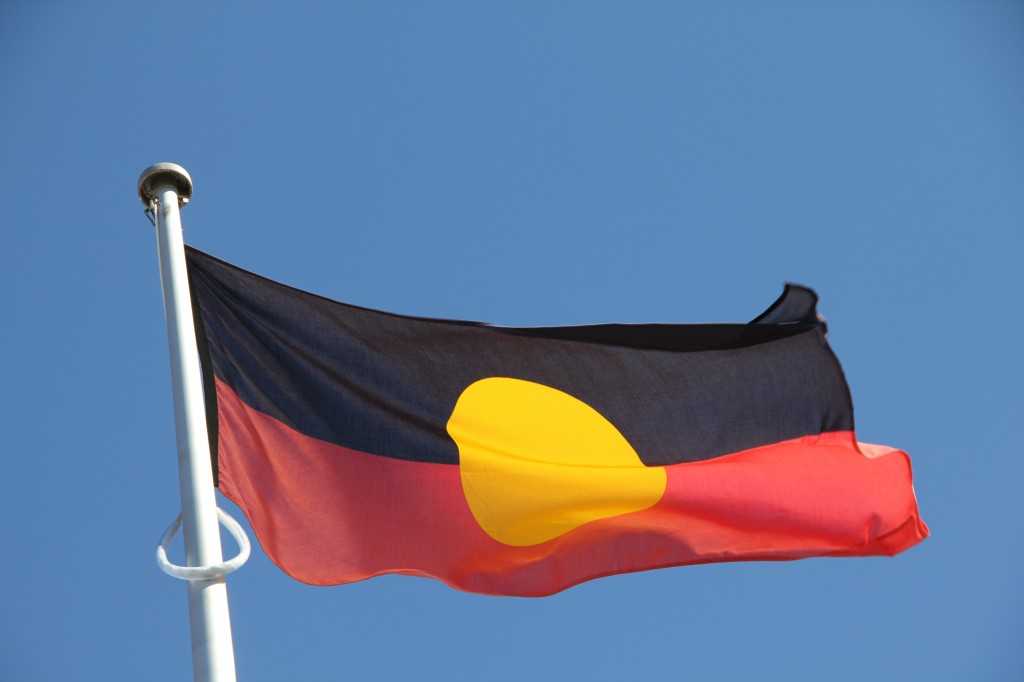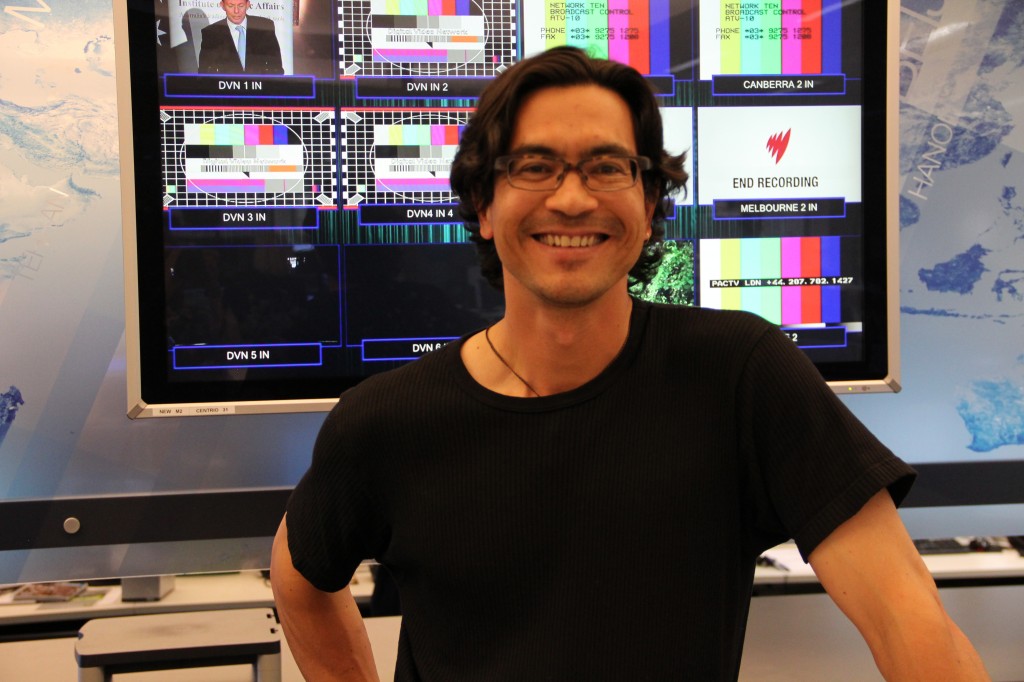01 Oct RIIC Heads Down Under
Officially, I was on holidays.
But my idea of a holiday is to accept an invitation to speak about representation of First Nations in the Canadian media at Australia National University.
Nuttier still, while stopping in Sydney en route to Canberra, what I do for fun is spend a day visiting Indigenous journalist friends at Special Broadcasting Service (SBS) and National Indigenous Television (NITV).
I just couldn’t pass up an opportunity to learn more Indigenous journalists’ experiences in a different part of the world.
As luck would have it, my friend Michelle Lovegrove, executive producer and host of Living Black radio program on SBS Radio, offered to give me a “cook’s tour” of SBS.
(This phrase “cook’s tour” was new to me, but all kinds of Aussie lingo required my adjustment – my preferred coffee is “long, dark, splash of milk” and the way I order my eggs is “fried and runny.” But I digress.)
In addition to showing me around the SBS Radio and TV newsrooms, Michelle took the opportunity to interview me about being a First Nations reporter in the Canadian mainstream media. “Just tell me a yarn,” she says.
Michelle’s program, Living Black, is a one-hour current affairs program about Aboriginal issues that airs three times a week. News, music, chat.
Michelle’s a veteran. She’s been telling Indigenous stories at SBS since mid-2000s. During our chat, she lamented how challenging it is to encourage Aboriginal youth to pursue a career in mainstream media. I’ve always believed, as important as it is for Indigenous journalists to work in our own media, we also need to have Aboriginal reporters in the mainstream too — to make sure that our stories and perspectives are reaching a broader national audience. It’s not an either/or question — we need both.
Interestingly, SBS recently became home for Australia’s Aboriginal broadcaster, NITV, so I got a chance to look around there as well.
Unlike the Aboriginal Peoples’ Television Network (APTN) in Canada, which operates without any direct government funding, NITV is entirely subsidized by government funds.
SBS, a public broadcaster in Australia, took over NITV this past July. The staff and journalists at NITV are now in the midst of a very challenging changeover. Angela Bates, executive producer of NITV News, told me the shift is going pretty smoothly, and that they’re looking forward to the exposure of having Indigenous TV service being “free-to-air.” They also hope to encourage sharing of resources and information between the SBS and NITV newsrooms.
As for my interview with Michelle, she talks a blue streak. I learned all kinds of new things from her, including the fascinating story of Anita Heiss’ battle over Indigenous identity. Anita got locked in a highly public and sensational legal challenge against Andrew Bolt, a conservative pundit whose column appears in Melbourne’s Herald Sun, Sydney’s Daily Telegraph and Adelaide’s Advertiser.
In 2009, Bolt wrote an article questioning Heiss’ Indigenous identity and her skin colour. Under the headline “White is the new black,” Bolt’s column suggested Heiss and several other Aboriginal professionals were “white Aborigines” and “professional Aborigines” who had “chosen” their Aboriginal identity motivated by “political and career clout.”
I wasn’t familiar with Anita Heiss – but she’s pretty awesome. She’s an author and passionate campaigner for Aboriginal literacy. She invented a whole genre – chick lit with Aboriginal characters, dubbed “choc lit.” Anita was born a member of the Wiradjuri Nation, from her mother’s side, and a father with Austrian heritage.
When Bolt’s article hit the press, she struck back. She and others took Bolt to court, Eatock v Bolt, arguing his column violated secti on 18C Australia’s Racial Discrimination Act. Section 18C prohibits an action that is “reasonably likely, in all the circumstances, to offend, insult, humiliate or intimidate another person or group of people” and which is done because of their race, colour, or national or ethnic origin, as being a breach of that person or group’s civil rights.
on 18C Australia’s Racial Discrimination Act. Section 18C prohibits an action that is “reasonably likely, in all the circumstances, to offend, insult, humiliate or intimidate another person or group of people” and which is done because of their race, colour, or national or ethnic origin, as being a breach of that person or group’s civil rights.
Heiss and the other complainants won the decision hands down. In 2011, Justice Bromberg ruled Bolt’s articles were filled with “errors of fact, distortions of the truth and inflammatory and provocative language.”
Now this is all rearing its ugly head again in Australia because a conservative coalition party is suggesting it would repeal Section 18c if it ever came to power, on the “free speech” grounds.
What a load of nonsense. Free speech is critical to a democracy, but there have always been legitimate limits placed on it — from defamation, or incitement, to false advertising, or perjury.
Anyway, the Heiss/Bolt case was all new to me. If you’d like to know more, I highly recommend you pick up Anita Heiss’ book, Am I Black Enough For You? Or you can follow Anita on Twitter @AnitaHeiss.
What a great trip. Thanks to all my Aussie friends, for sharing yarns with me. If Living Black posts my interview with Michelle, I’ll make sure to share the link.








